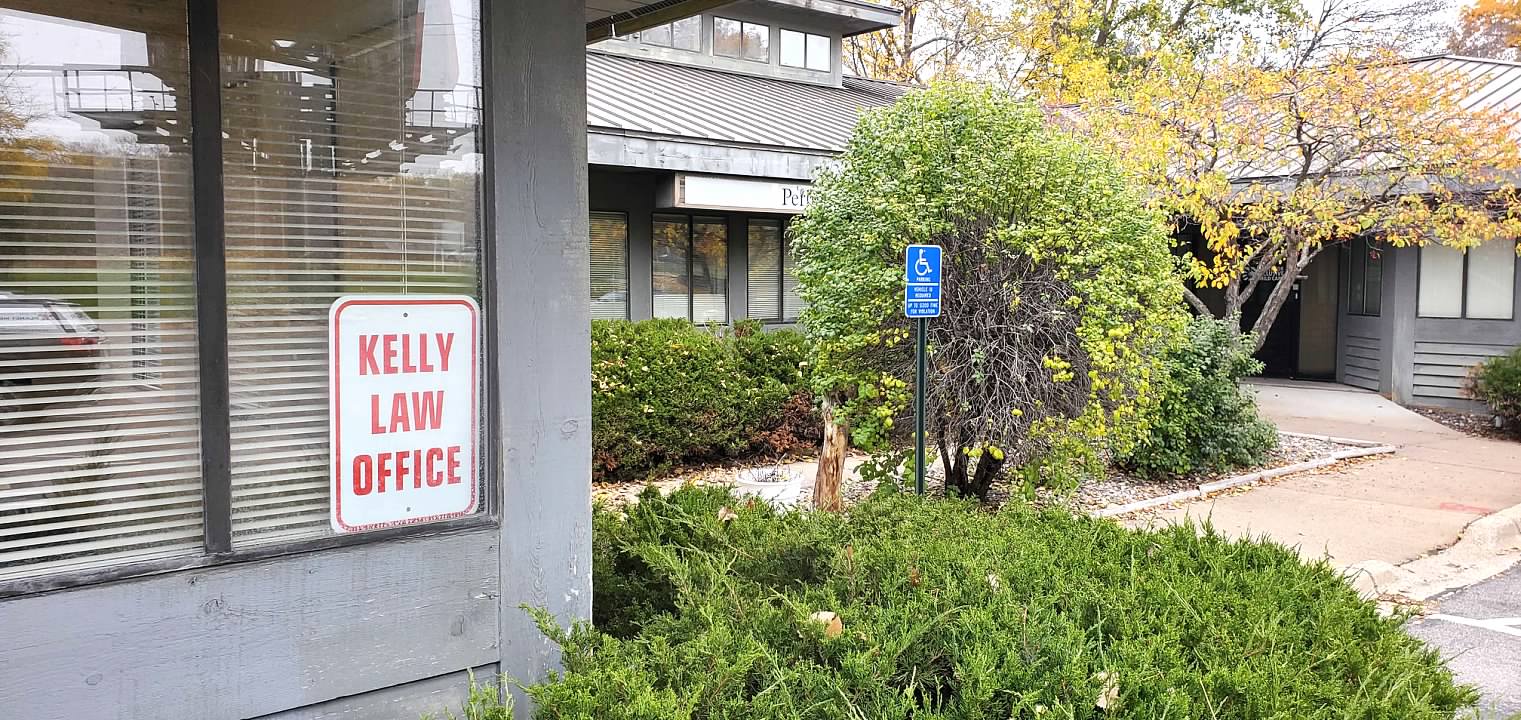By David J. Kelly, Minnesota Bankruptcy Attorney
If you’ve been reading any of my musings, you know that when you file a Chapter 7 bankruptcy, ownership of all your stuff is temporarily and theoretically transferred to a trustee appointed by the court. I say “theoretically” because normally the trustee doesn’t get to keep any of it, or at least gets to keep very little. The reason why the trustee can’t keep your assets is that – with the help of somebody like me – you are going to claim all or most of your stuff as exempt. There are two sets of exemptions in Minnesota to choose from: the federal exemptions and the Minnesota state exemptions. The federal exemptions tend to be much better than the Minnesota state exemptions, except in one area: equity in a homestead. If you own your home and you have more than just a little equity in your home, the Minnesota state exemptions are for you.
Several of the Minnesota exemptions are indexed for inflation. The resulting increases are only applied every few years. 2018 was one of those years. The new indexed numbers went into effect on July 1st. For example: the household goods exemption increased from $10,300 to $10,800; for wedding rings the exemption increased from $2,817.50 to $2,940 in value; for life insurance proceeds it increased from $46,000 to $48,000; and the tools of the trade exemption went from $11,500 to $12,000. The most significant increase in my opinion was the homestead exemption which went from $390,000 of equity to $420,000 of equity.
For more info about exempting your property so the bankruptcy trustee can’t have it, look at my exemption page. For a rant about what’s wrong with the Minnesota state exemptions, please take a look at my post Minnesota State Exemptions Still Leaking Like a Sieve. You might also want to take a look at this video:












